In this article, you’ll only find synth pedals for guitar that track your signal to trigger oscillators, not pitch-shifting effects or fuzz+filter pedals. You may also want to read our articles about the Best Pedals for Synths with CV In/Out and Best Pedals for Synths that accept Line In.
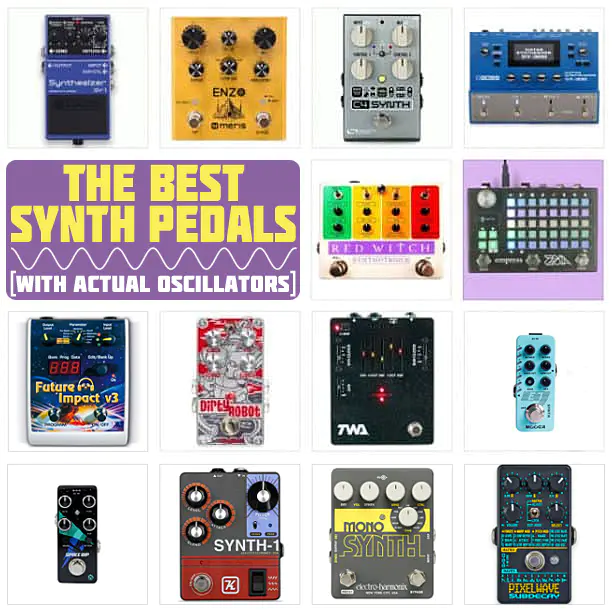
Lists updated on April 26, 2022.
Best Synth Pedals with Oscillators – A Buyer’s Guide
Synth pedals are among the most misunderstood devices in the stompbox universe. Maybe because they are toys for musicians (guitar and bass players) whose job description doesn’t necessarily imply an understanding of synthesis in all of its deepest subtleties. This page focuses on stompboxes that track and convert your guitar signal into a simpler wave produced by an oscillator.
To shed light on the various kind of synth pedals on the market, we published this article, which is highly recommended for those who are looking to buy their first synth stompbox. As you will find out, some pedals promoted as “synth” ones are mostly just filters and/or filter + fuzz combinations, i.e. effects applied on the guitar’s own signal that were already used by guitarists in the ’60s (like the classic Hendrixian fuzz + wah combo).
This page you are reading will instead focus on stompboxes that entirely replace the guitar signal, tackling the first category of pedals listed in the aforementioned article: the “Analog-Style Synth Pedals That Track Your Signal And Feed It Into An Oscillator.” Let’s quote here the paragraph that describes what these pedals do:
There is no analog synthesizer without an oscillator, i.e. a device that generates an electric wave whose pitch can be changed depending on how quickly it oscillates. The stompboxes that come closer to being true analog synths are the ones that track your guitar’s signal and converts it into a similar sound generated by an oscillator. These devices will then process that resulting tone through other circuits typically found in traditional analog synths, such as resonating low and high-pass filters and an LFO (modulation). A filter that cuts some of the signal’s frequencies (like a wah pedal) is the foundation of “subtractive synthesis,” upon which an overwhelming majority of analog synths are based.
These effects can be simply organized into two categories: Monophonic (pedals that can only track one note at a time, generating bass lines or lead parts) and Polyphonic (pedals that, if necessary, can also track two or more notes playing at once, like chords). The latter has an extra sub-category linked to those pedals (exclusively made by BOSS/Roland) that use a dedicated installable external pick up to facilitate the tracking of the notes.
Polyphonic Synth Pedals with External Pickup
Tracking the notes played by an electric guitar is the first step any pedal in this article needs to do in order to properly convert it into a new, synthy sound. That’s been and still is a big challenge, in particular for polyphonic pedals. To facilitate this process, Roland in 2011 introduced the GR-55, a synth pedalboard that would only work with a proprietary, external GK-3 pickup, which mounts to virtually any guitar and requires no modification to your instrument. At about $190, though, it is an additional investment. On the bright side though, these boxes allow perfect tracking and greater sonic manipulation.
—
Best Polyphonic Synth Pedals (no External Pickup)
If you’re looking for deep, analog-style synthesis options with support for chord tracking (true polyphony), there actually aren’t many choices. This is due to the fact that the ability to track more than one note at a time directly from the instrument’s signal is a technology that’s been developed in recent years.
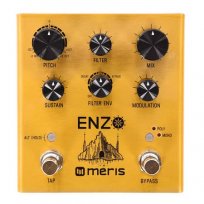
Click the arrow to read more about these pedals:
—
Best Monophonic Synth Pedals with Oscillators
But do you really need real polyphony in your synth pedal? If you don’t, your options widen considerably, and if you’re looking for deep sound mangling for lead-only or bass parts (monophonic tracking), these devices could be just the thing. As mentioned in the intro, all these stompboxes feature an onboard oscillator triggered by the guitar, which then feeds any number of extras such as octave circuits, filters, LFOs and more.
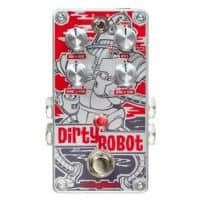
Click the arrow to read more about these pedals:
by Paolo De Gregorio and Nicholas Kula
Synth Pedals Video Shootouts
Here are a few synth pedal video shootouts!















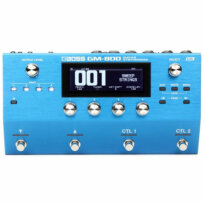
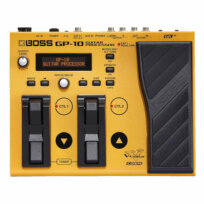
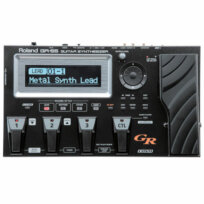
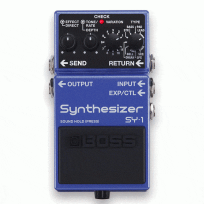
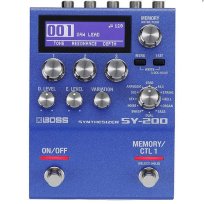
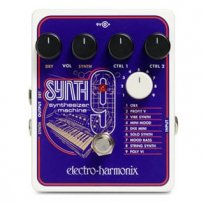
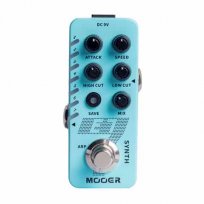
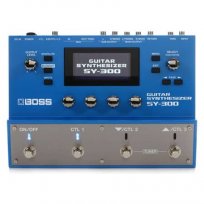
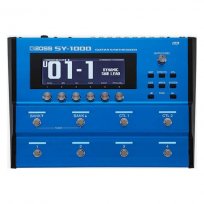
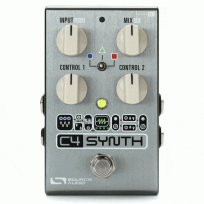
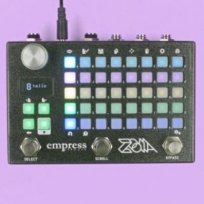
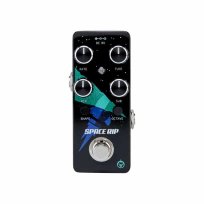

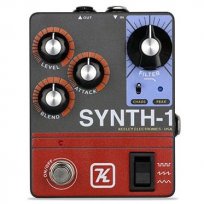
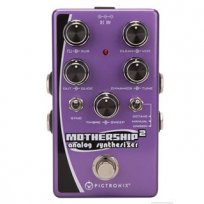
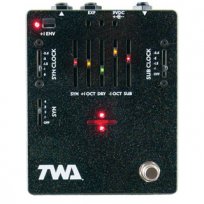
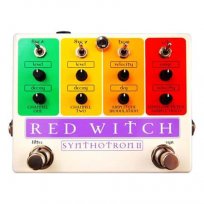
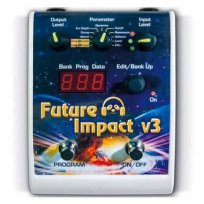
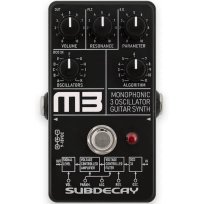
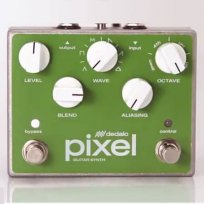
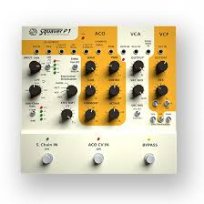








1 comment
Kris says:
Dec 7, 2021
Which of these can send CV pitch and gate to control external synths which provide those inputs (Behringer Model D, Roland SE-02 to name few)? I think Sonic Smith Squaver P1+ should be able to to that, but is there a cheaper option? I already have Source Audio C4, and Roland SE-02, so no need for another complex pedal, something rather simple, but effective in tracking, which can send out CV pitch and gate.